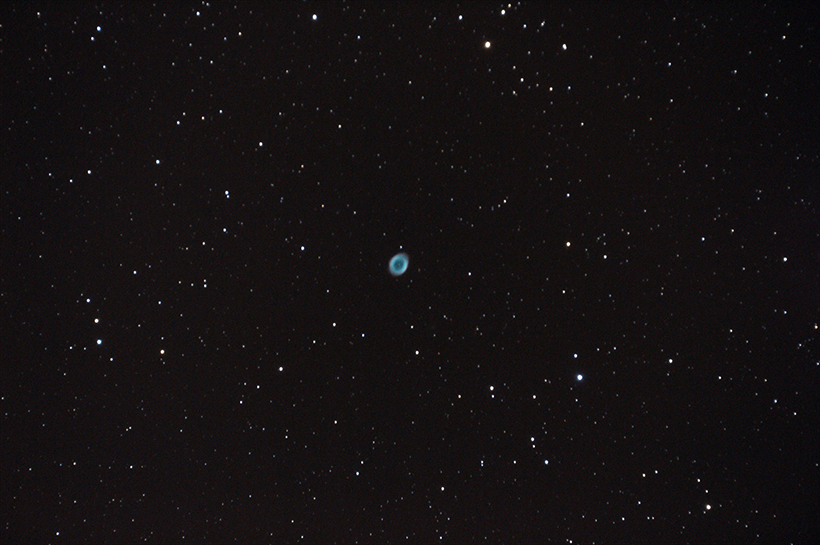So it has been a while since I decided to spend any real time looking at the moon and recently I decided I would try and tackle a couple more of the Lunar 100.
I targeted two targets that were in the same area Sirsalis Rille (L77) & Crüger Crater (L52) and you can see the image I captured of them below.
Sirsalis Rille is a 426Km long lunar rille that starts at the edge of Oceanus Procellarum near Sirsalis crater from which it gets its name and proceeds directly away from the mare, eventually ending up among the cracks in the floor of Darwin crater. If you look closely around this area of the image you can also actually make Darwin Rille perpendicularly intercepting Sirsalis Rille.
I have put an image that I took with my 2x Barlow below which possibly shows the intersection a bit clearer.
Crüger Crater was pretty easy to see as it has a very dark interior floor which is actually one of the lowest albedo features on the Moon. The surface has been covered in basaltic lava and has only been exposed to a minimal amount of deposition from impact ejecta. The floor is nearly featureless, with only a tiny craterlet near the centre and few other even more diminutive impacts, none of which I could make out.
Friday, 30 October 2015
Friday, 2 October 2015
Ring Nebula (Messier 57) & the Great Globular Cluster in Hercules (Messier 13)
As any follower of this blog will know, I have recently started playing around with a HEQ5 mount and my DSLR camera. However, I also have been trying it with my 127 Mak telescope in addition to the standard Lenses.
Without guiding and due to the statistics of my telescope I am limited to bright, smaller targets and so I have recently decided to image the Ring Nebula & the Great Globular Cluster in Hercules. First up with the Ring Nebula in the constellation Lyra which is a stack of 10 x 90 second exposures.
I was pretty chuffed with this, especially considering my camera ran out of batteries before I could take any Dark or Flat frames. My unmodified camera does block the red elements of the nebula which is a shame but it is still a nice enough image.
Next up was the Great Globular Cluster in Hercules which is a stack of 16 x 75 second exposures. One thing I did this time was use Dark and Flat frames as I had remembered to charge my camera battery so I actually had time to do it.
I really like this image and think it shows that I am slowly learning how to use the camera and processing software. I do wonder how far I can go with my current setup and I now realise what people mean when they talk about how this hobby sucks the money out of you as there is always something better out there!
Without guiding and due to the statistics of my telescope I am limited to bright, smaller targets and so I have recently decided to image the Ring Nebula & the Great Globular Cluster in Hercules. First up with the Ring Nebula in the constellation Lyra which is a stack of 10 x 90 second exposures.
I was pretty chuffed with this, especially considering my camera ran out of batteries before I could take any Dark or Flat frames. My unmodified camera does block the red elements of the nebula which is a shame but it is still a nice enough image.
Next up was the Great Globular Cluster in Hercules which is a stack of 16 x 75 second exposures. One thing I did this time was use Dark and Flat frames as I had remembered to charge my camera battery so I actually had time to do it.
I really like this image and think it shows that I am slowly learning how to use the camera and processing software. I do wonder how far I can go with my current setup and I now realise what people mean when they talk about how this hobby sucks the money out of you as there is always something better out there!
Subscribe to:
Comments (Atom)



